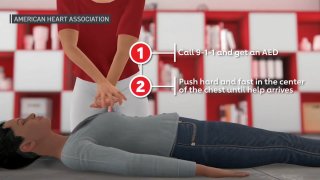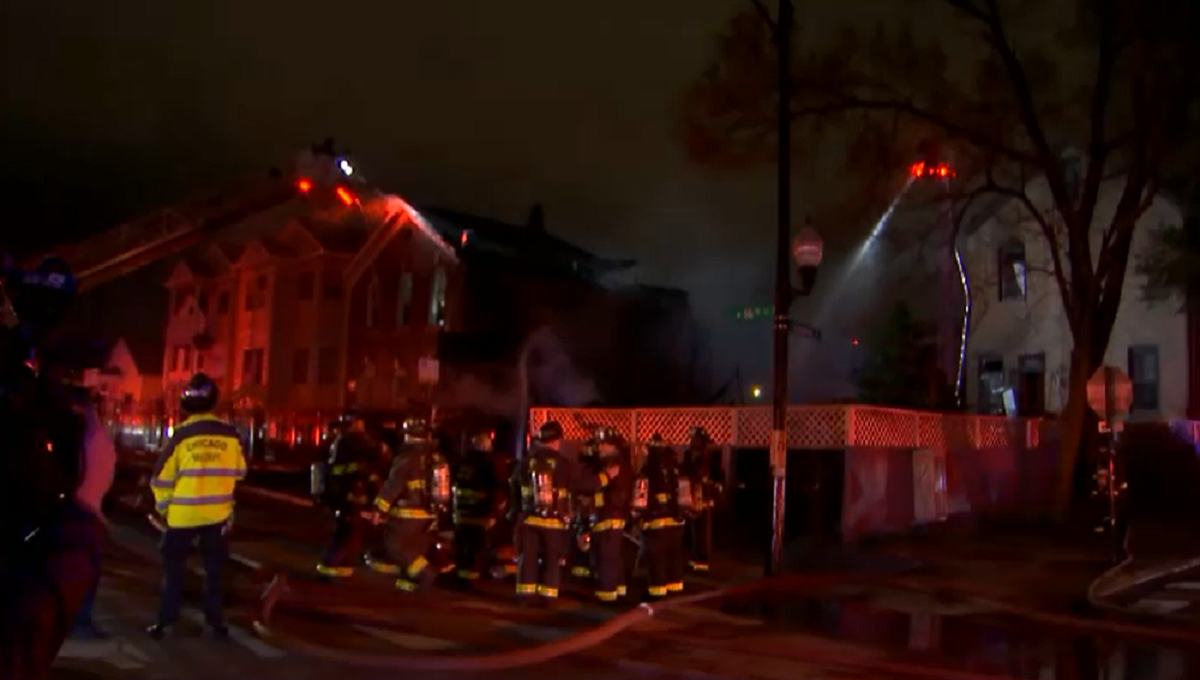
When someone is in cardiac arrest, seconds can make all the difference, and a new campaign from the American Heart Association is aiming to encourage bystanders to help women who are experiencing cardiac arrest.
The new push comes in the aftermath of a 2018 study published in "Circulation: Cardiovascular Quality and Outcomes" that found 45% of men received bystander CPR when they were suffering cardiac arrest, compared with only 39% of women.
In the study, men also had 23% higher odds of survival than women.
That news was disappointing to hear for Kristen Walenga, 48, from Frankfort. A special education teacher, Walenga was at home with her four kids in 2019 when she went into cardiac arrest at the age of 45.
Feeling out of the loop? We'll catch you up on the Chicago news you need to know. Sign up for the weekly Chicago Catch-Up newsletter here.
“I stated to them that I was feeling dizzy and, just seconds later, I collapsed to the floor,” Walenga said.
Her teenage son, Ed, began chest compressions, something he had learned in a brief 20-minute class in 7th grade.
“He had remembered doing something is better than doing nothing at all. They really hit that in the class that he took,” Walenga said.
Local
That message made all the difference for Walenga.
“Absolutely saved my life, saved my neurological function,” Walenga said.
She says she understands why a bystander may uncomfortable touching a stranger, but she says it’s unclear exactly why bystanders are less likely to help a woman versus a man. “There’s a lot of theories that it may be more uncomfortable to put your hand on a woman’s chest, but without those hands on the chest profusing that blood, then the person has only minutes to survive, so it makes all the difference,” Walenga said.
It’s why the American Heart Association has released a new training video, portraying a woman as the victim.
“What's really unique is that rather than a mannequin, they have what they call a “woman-a-quin” which is anatomically correct,” said Mercedes Carnethon, chair of the American Heart Association’s Metro Chicago Board of Directors and the vice chair of preventative medicine at Northwestern University Feinberg School of Medicine.
The video emphasizes hands-only CPR, and also shows how to use an AED or defibrillator. The ultimate message of the two-minute training video is you don’t need a special certification in CPR to be able to save a life.
“One of the worst things that we can do is to pause and wait for someone else to take action,” Carnethon said.



